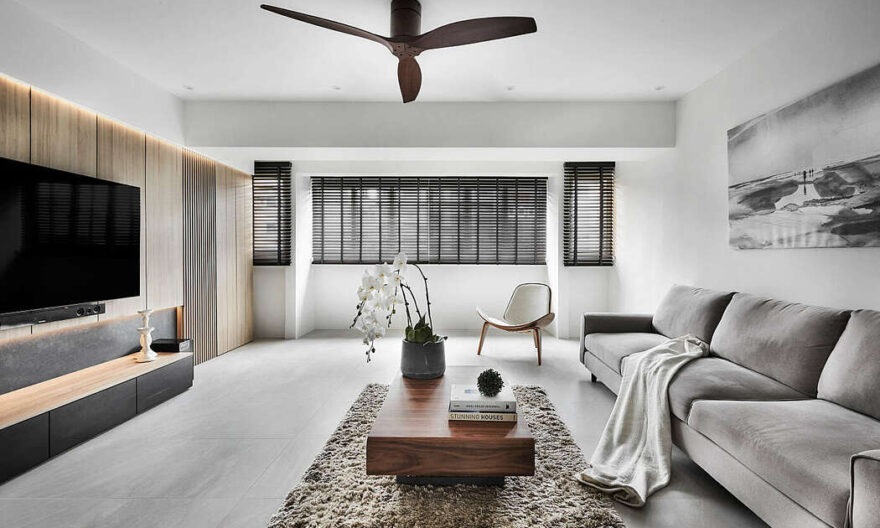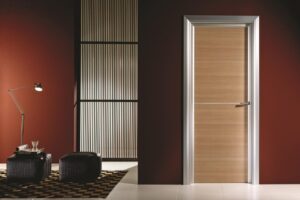
Architecture is an art form that joins innovation, culture, utility, and esthetics to make something other than structures. Singapore is perceived as a center point for inventive architectural thoughts and innovative developments in the midst of the different cluster of architectural marvels. The city-state’s skyline is glad for the scope of structures that mix modern and conventional design components, mirroring the cleverness and inventiveness of its top architects in Singapore.
In investigating the leading architects Singapore, one can uncover the profound meaning of their contributions and why their insights matter in forming the architectural world.
Evolution of Singapore’s Architectural Scene:
Singapore’s architectural masterpiece shows the country’s evolution from an outskirts exchange port to a worldwide city. Its skyline’s development, from verifiable landmarks like the common style buildings in the City Region to modern architectural symbols like the Marina Bay Sands and Gardens by the Bay, shows the country’s development.
Visionary architects that have pushed the limits of design, sustainability, and utility are generally answerable for the country’s architectural landscape. The top architects in Singapore like William Lim, Kerry Slope, Liu Thai Ker, and others have made a permanent imprint, setting the standard for innovation and greatness in architectural practices.
Influential Architects and Their Contributions:
William Lim:
Lim is prestigious for his vanguard style and for capably combining architecture, culture, and the arts. His creations display a combination of modernism and cultural impacts, as seen by drives like the Asian Civic establishments Museum and the University Cultural Center at the National University of Singapore.
Kerry Slope:
Eminent for his oversimplified designs, Slant’s architecture embraces the general climate while stressing usability and utility. His ventures, like The Interweave and the Capella Hotel, exhibit a mix of modern aesthetics with a profound understanding of the encompassing natural climate.
Liu Thai Ker:
Often viewed as the expert organizer of Singapore, Liu Thai Ker’s visionary urban planning has formed the city’s landscape essentially. His contributions to Singapore’s public housing, transportation infrastructure, and sustainable development strategies have been critical in establishing a bearable and proficient urban climate.
Importance of their Insights:
The insights of Singapore’s top architects hold colossal importance in the worldwide architectural circle in light of multiple factors:
Innovation and Sustainability:
The leading architects Singapore are at the forefront of spearheading imaginative design approaches that focus on sustainability, energy efficiency, and environmental consciousness. Their obligation to sustainable architecture reaches out past the simple development of buildings; it includes a comprehensive consideration of the environmental effect throughout the whole lifecycle of a structure. These architects influence cutting-edge technologies, materials, and design methodologies to make eco-accommodating and energy-proficient buildings that fundamentally decrease carbon footprints and resource utilization.
Their visionary approaches act as a plan and a source of motivation for architects overall who are anxious to embrace sustainable practices in their designs. By pushing the limits of green architecture, these architectural minds set new standards, showing the way that design inventiveness can be orchestrated with environmental obligation. From integrating inactive design components like natural ventilation and daylight optimization to using renewable energy sources and utilizing sustainable materials, their imaginative strategies epitomize a far-reaching and upright approach to sustainable architecture.
Cultural Sensitivity and Contextual Design:
The top architects in Singapore have a remarkable ability to flawlessly mix contemporary designs with a profound understanding of local cultures, traditions, and settings. They perceive the importance of contextual design that regards and coordinates the embodiment of a locale’s legacy, environment, and cultural subtleties into architectural works of art. By carefully concentrating on the verifiable and cultural texture of a spot, these architects mix their designs with components that reverberate with the local community while epitomizing a modern aesthetic.
Their accentuation on cultural sensitivity reaches out past simple esthetics; it mirrors a profound regard for the social and verifiable meaning of a spot. Through a sensitive harmony between innovation and tradition, they make structures that stand as architectural symbols as well as act as cultural landmarks, encouraging a feeling of character and pride inside the community.
Urban Planning and Community Integration:
Visionaries, for example, Liu Thai Ker have revolutionized urban planning by underlining the creation of comprehensive spaces that advance community commitment and social attachment. Their insights into urban development rise above traditionary ideas of city planning by zeroing in on the human viewpoint — how individuals cooperate with the assembled climate and one another.
Their approach includes incorporating public spaces, proficient transportation organizations, and fundamental conveniences inside urban landscapes to upgrade the quality of life for inhabitants. By focusing on walkability, accessibility, and connectivity, they cultivate vibrant networks where individuals can reside, work, and associate in amicable conditions. Their visionary urban planning strategies advocate for sustainable development while focusing on the well-being and bliss of the people who possess these spaces.
In rundown, the insights and contributions of Singapore’s top architectural minds in the domains of innovation, cultural sensitivity, and urban planning are significant. Their visionary approaches shape the city’s skyline as well as act as core values for architects worldwide, stressing the transformative power of architecture in making sustainable, culturally thunderous, and community-centric spaces.
Integration of Technology and Design:
Singapore’s leading architects are at the cutting edge of coordinating trend-setting innovations in architectural design. They embrace inventive instruments, for example, Building Information Modeling (BIM), parametric design, and computational design methodologies to push the limits of creativity and functionality. By utilizing technology, these architects streamline the design cycle, empowering them to make structures that are outwardly shocking as well as profoundly effective and receptive to their surroundings.
Using computational instruments and advanced recreations, architects can investigate complex data sets connected with environmental elements, underlying honesty, and energy performance. This data-driven approach takes into consideration more informed design choices, leading to buildings that are traditionally fitted to meet explicit practical requirements while expanding sustainability and performance.
Furthermore, the fuse of smart technologies inside buildings, like IoT (Internet of Things) devices, sensors, and automation systems, works with upgraded energy the board, inhabitant solace, and by and large functional efficiency.
Human-Centric Design and Wellness:
Another huge angle affected by Singapore’s architectural trailblazers is the accentuation of human-centric design and wellness inside assembled conditions. These architects focus on the well-being and strength of building inhabitants by designing spaces that advance solace, efficiency, and generally speaking wellness.
Human-centric design principles incorporate considerations for factors like natural lighting, indoor air quality, acoustics, ergonomics, and biophilic components that associate occupants with nature. Coordinating these perspectives into architectural designs upgrades the general insight inside spaces, adding to work on mental and actual well-being for clients.
Architects in Singapore are investigating biophilic design strategies, consolidating components like vegetation, natural materials, and admittance to outside spaces to encourage a more profound association between people and the natural world. Such designs add to an outwardly satisfying climate as well as make spaces that decrease pressure, increment efficiency, and advance a feeling of serenity and congruity among tenants.
Conclusion:
Singapore’s leading architects’ play had an essential impact in molding the city’s skyline and setting benchmarks for architectural greatness around the world. Their insights, driven by innovation, sustainability, and cultural sensitivity, keep on affecting the worldwide architectural scenario. As the world looks towards sustainable urban development and imaginative design arrangements, the encounters and mastery of these architectural minds stay important, giving motivation to people in the future of architects around the world.
Read More Blogs on : https://www.mediumspot.com/



